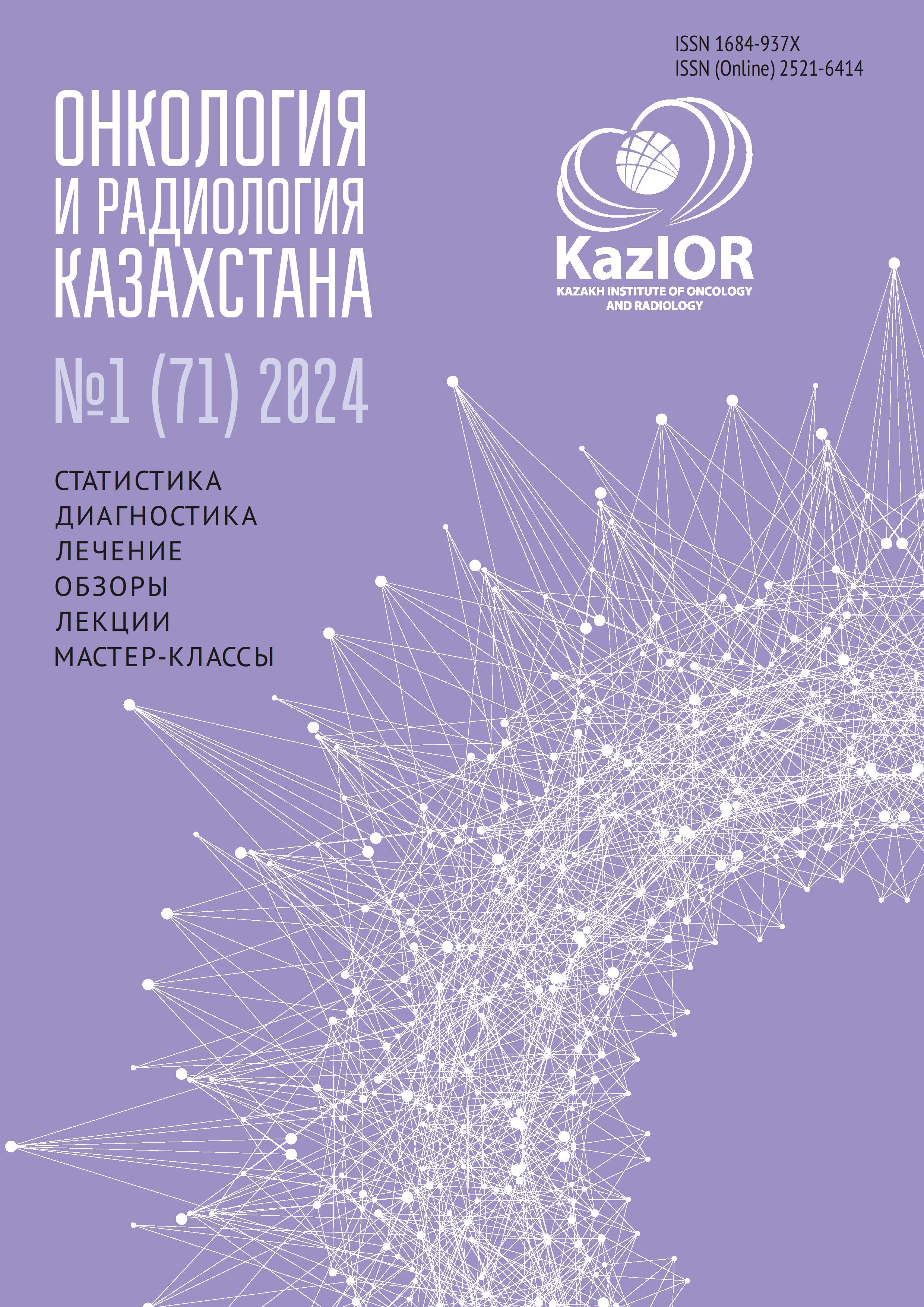Treatment of intraparenchymal chordoid meningioma: A clinical case
DOI:
https://doi.org/10.52532/Keywords:
Meningioma, Chordoid meningioma, Intraparenchymal meningioma, Castleman syndromeAbstract
Relevance: Meningioma has many forms, each with a specific histological structure and treatment tactics. Meningiomas are the most common intracranial neoplasms, most of which have an extracerebral location, and their intraparenchymal location is rare.
The study aimed to describe a case of treatment of intraparenchymal chordoid meningioma.
Methods: The article describes a case of treatment of intraparenchymal chordoid meningioma, which is rare in localization, structure, and possible combination with other systemic diseases.
Results: Patient B. was admitted to the clinic for surgical treatment for an intracranial neoplasm; the main complaints were the presence of seizures and their transition to epileptic status. The tumor was removed completely, after which it was sent for further histological and immunohistochemical examination. The examination of micro slides revealed the presence of chordoid meningioma in the patient. In the postoperative period, as well as at control examination after 3 months, the patient showed a decrease in the number of seizures and no transition to epileptic status. MRI control showed no relapse of tumor growth.
Conclusion: WHO classifies chordoid meningioma as a rare grade II meningioma. Chordoid meningioma often requires further radiation therapy, especially with partial or subtotal removal, due to a slightly higher risk of relapse compared to grade I meningiomas. This disease can occur independently or in association with Castleman syndrome and can be asymptomatic for a long time; this requires further follow-up of the patient.

